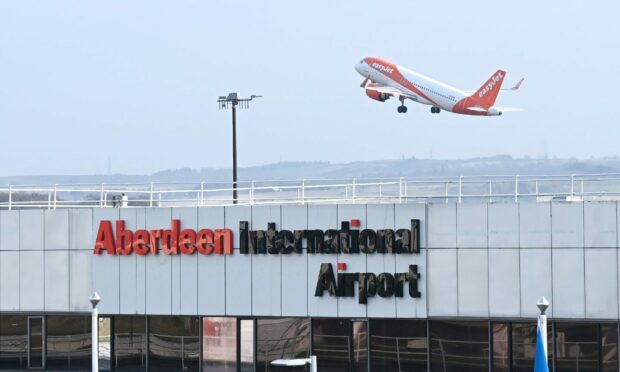easyJet is set to reveal how successfully it has managed to claw back the £1 billion in losses it posted last year, after a rebound in summer holidays.
Investors will be closely watching the airline’s full-year results, which will be unveiled on Tuesday, for an indication of the group’s post-pandemic recovery and its outlook for international travel.
easyJet is expected to report pre-tax losses of around £180 million for the latest financial year.
It means it will have significantly narrowed the £1.1 billion headline losses that easyJet suffered a year ago, after Covid restrictions had a huge impact on the travel sector.
Last month, the low-cost airline told shareholders that it had had a buoyant fourth quarter, swinging to underlying pre-tax profits of between £470 million and £490 million.
Its passenger numbers soared to 24 million over the three-month period as holidays and travel jumped to the “top of the list” for households, boss Johan Lundgren said.
He assured people that while cost-of-living pressures were making consumers more mindful of spending, they will “gravitate towards value”, which easyJet pledges to offer.
However, investors will be keen to see whether the airline thinks that demand will be sustained in the year ahead, as more households are seeing their wages outstripped by runaway inflation.
It could mean that people have less money to spend on luxuries like holidays, analysts said.
Sophie Lund-Yates, a lead equity analyst at Hargreaves Lansdown, said: “easyJet have been expecting capacity over the October half-term and Christmas to be back at pre-pandemic levels. Next week investors will find out if this was a fair prediction.
“This will be a crucial barometer for the group’s performance over the next year. Many are cautiously optimistic it can reach this target.
“Its forward bookings will be closely watched. With the cost-of-living crisis weighing on people’s spending power, and the pent-up demand from the pandemic unwinding, it’s wondered if easyJet is likely to report a weakening of demand.
“The group’s stronger brand and proposition hold it in a better position than others, but it’s still something to be mindful of.”
She added that a worse-than-expected full-year losses figures “won’t be well received by the market”.
easyJet is expecting to fly 20 million seats in the last three months of the year, which is 83% of the equivalent, pre-pandemic quarter of 2023, analysts at AJ Bell said.
The airline is also expected to provide an update on how it is managing energy costs, which have sky-rocketed for UK companies in recent months.
AJ Bell added: “A big factor in cost per seat is that fuel and oil prices have remained stubbornly high.
“easyJet has a lot of its fuel costs hedged out – 69% of its fuel costs in the first half of fiscal 2023 and 44% in the second – but persistently high oil prices could start to bite eventually, even allowing for easyJet’s efficiency programmes.”
